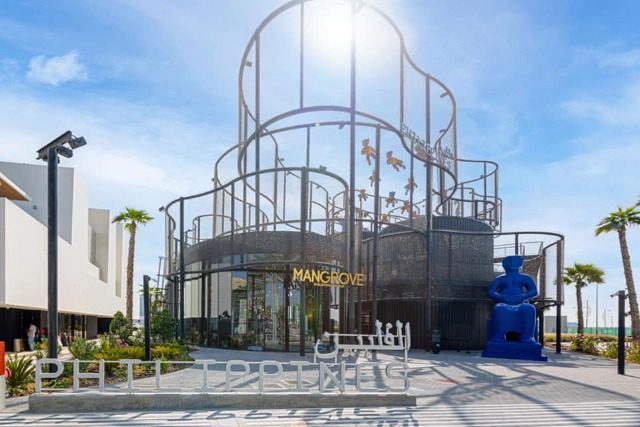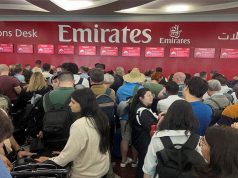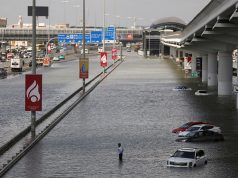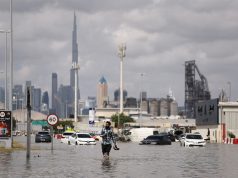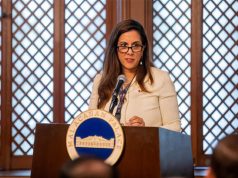A pavilion that showcased the Philippines’ identity and rich history opened to the public in Dubai United Arab Emirates early this month as part of the World Expo 2020, touted as the largest and most prestigious fair in the world.
The Philippines Pavilion, also called the Bangkóta, joined the rest of the 192 participating countries in the World Expo’s that opened October 1.
The expo would run until March 2022.
According to its website, this edition of the World Expo is the first time participating countries launched their own pavilions to showcase their respective cultures and histories.
There are also special, thematic pavilions that are owned by the Expo organizers.
The Philippines Pavilion, which is located at the Expo’s Sustainability District, was designed by renowned Filipino architectural firm Budji Layug+Royal Pineda.
You can explore the pavilion virtually on its website.
In a Facebook post last Sunday, the Philippines Expo 2020 Dubai page said that over 5,000 visitors experienced the place during the first day of its opening.
“Congratulations to the successful opening of the Philippines Pavilion on October 1!” read the post.
“More than 5,000 visitors experienced for the first time the epic symphony of nature, art and architecture, and the 4,000-year journey of Filipinos told through Bangkóta,” it added.
In a statement, the Department of Trade and Industry, which led the country’s expo in Dubai, explained that the pavilion’s structure “evokes the coral reef and makes it the central metaphor for the country and its people.”
“Hence the pavilion name is Bangkóta, ‘coral reef’ in old Tagalog, one of 175 languages spoken in the tropical archipelago, the first Republic in Asia. The Philippine languages descend from a single mother tongue, Austronesian. These languages interact and overlap, coral-like, the same way the Filipino people interact and overlap with the peoples of the world,” DTI said.
DTI further explained how its curator Marian Pastor Roces managed to interlink “artmaking and design with scientific work on ancient Philippines.”
“As keystone, she staged the conversation between the architecture and the music composed by National Artist Ramon P. Santos,” the agency said.
“The interior spaces are audibly interlinked by Santos’ vanguard composition—informed by precolonial Philippine musical structure and instruments,” it added.
Philippine Ambassador to the United Arab Emirates Hjayceelyn Quintana, who led the opening of the Bangkóta pavilion, said that “the depth, authenticity, and inherent freedom to create” in Filipinos could be seen through the site’s design.
“We will see in the thought-provoking halls of the Bangkóta the depth, authenticity, and inherent freedom to create in every Filipino,” Quintana said.
“Indeed, if we want to understand the concepts represented in the curves and lines of the Bangkóta, we have to change old mindsets in looking at ourselves and in the way that we represent ourselves. The Bangkóta finds its place in the World Expo, teaching us new ideas, creating new images that will help us face the future with confidence,” she added.

